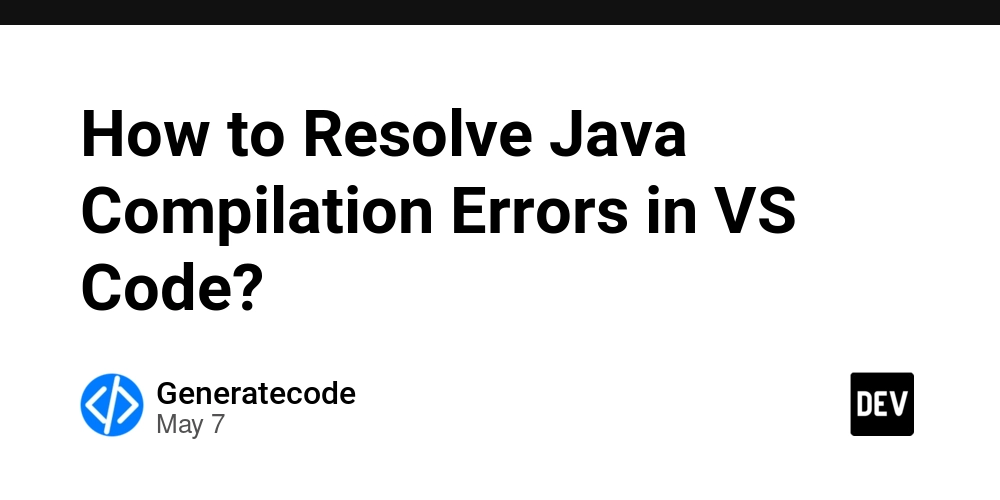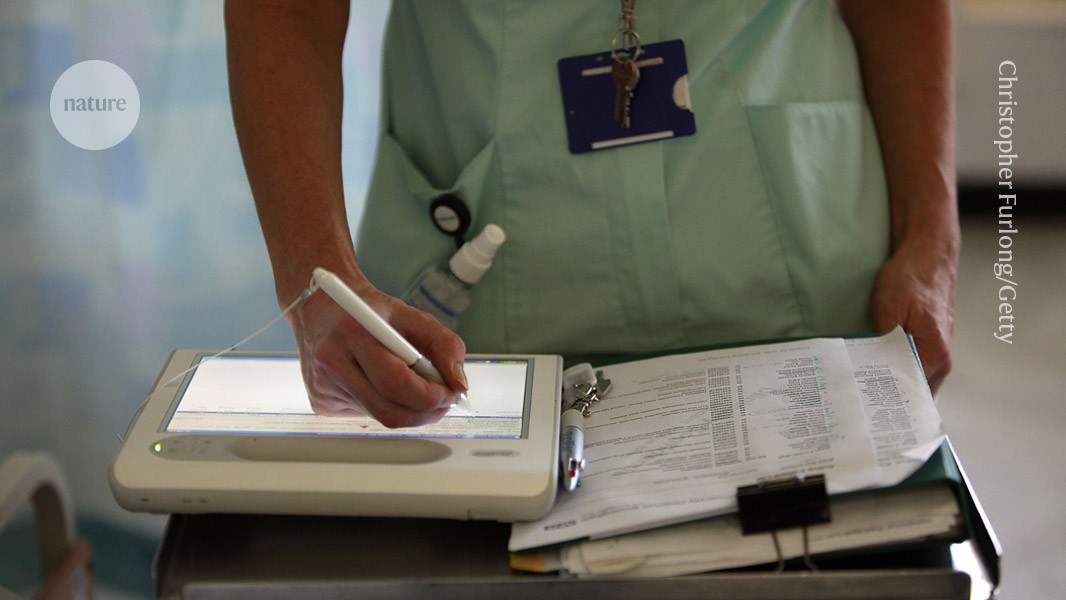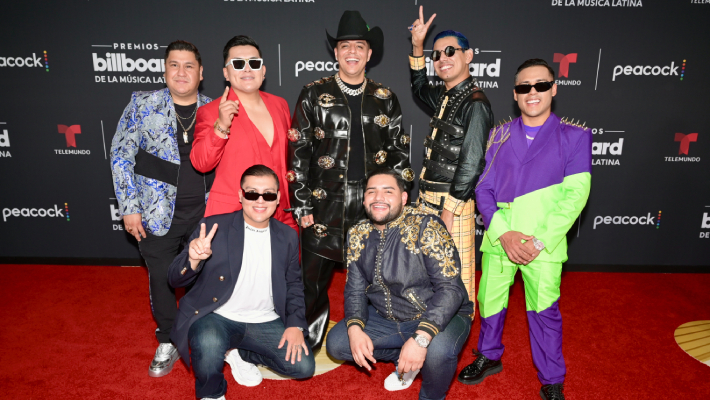‘It’s All Cronyism Going Forward’
A flu researcher the Trump administration elevated to power will now benefit from a massive funding award.

Matthew J. Memoli has had an exceptionally good year.
At the beginning of January, Memoli was a relatively little-known flu researcher running a small lab at the National Institute for Allergy and Infectious Diseases (NIAID) at the National Institutes of Health. Then the Trump administration handpicked him to be the acting director of the $48 billion federal agency, a role in which he oversaw pauses in award payments, the mass cancellation of grants, the defunding of clinical trials, and the firing of thousands of employees. Now the NIH’s principal deputy director, Memoli will soon see his own research thrive as it never has before: He and a close collaborator, Jeffery Taubenberger, also at the NIH, recently approached Health Secretary Robert F. Kennedy Jr. to pitch their research, three current and former NIH officials familiar with the matter told me. And as The Wall Street Journal reported on Thursday, the pair are now set to be awarded up to $500 million for their in-house vaccine research. (All of the current and former NIH officials I spoke with for this story requested anonymity out of fear of professional retribution from the federal government.)
In a press release last week, the Department of Health and Human Services described the award’s goal as developing universal vaccines against flu viruses, coronaviruses, and other “pandemic-prone viruses”—at face value, a worthwhile investment. Universal vaccines are designed to guard against multiple strains of a virus at once, including, ideally, versions of a pathogen that haven’t yet caused outbreaks.
But this particular course toward pandemic prevention is shortsighted and suspect, several vaccine researchers and immunologists told me, especially when the administration has been gutting HHS staff and stripping funds away from hundreds of other infectious-disease-focused projects. As described in the press release, this new project, dubbed Generation Gold Standard, appears to rely on only one vaccination strategy, and not a particularly novel one, several researchers told me. And the way the award was granted represents a stark departure from the government’s traditional model of assembling panels of independent scientific experts to consider an array of research strategies, and simultaneously funding several projects at separate institutions, in the hopes that at least one might succeed. Memoli’s involvement in this latest award “is clearly someone taking advantage of the system,” one official told me.
When I reached out to HHS and Memoli for comment, they gave conflicting accounts of Generation Gold Standard. An HHS spokesperson confirmed to me that the sum of the award was $500 million and referred only to Memoli and Taubenberger’s vaccine technology when discussing the initiative, describing it as “developed entirely by government scientists.” Memoli, in contrast, wrote to me in an email that the $500 million sum would “support more than one project,” including partners within NIH and outside the agency, and described Generation Gold Standard as “a large-scale investment in a host of research.” When I asked HHS for clarification, the spokesperson told me that the funding “will support multiple projects,” adding that “the first initiative focuses on influenza.” The spokesperson and Memoli did not respond to questions about the criteria for other projects to be included in this initiative or the timeline on which they will be solicited or funded.
Neither Memoli nor Taubenberger’s work has ever received this level of financial attention. Both have spent much of their careers running small labs at NIAID. Taubenberger, who did not respond to a request for comment, has long been respected in the field of virology; a few years ago, he received widespread recognition for uncovering and sequencing the flu virus that caused the 1918 flu pandemic. Last month, he was also named the acting director of NIAID, after its previous director, Jeanne Marrazzo, was ousted by the Trump administration. He has frequently collaborated with Memoli, whose work has flown more under the radar.
Memoli’s appointment to acting director was also unorthodox: Prior to January, he had no experience overseeing grants or running a large federal agency. He had, though, criticized COVID-vaccine mandates as “extraordinarily problematic” in an email to Anthony Fauci in 2021; Jay Bhattacharya, now the head of NIH, praised Memoli on social media for the scuffle, calling him “a brave man who stood up when it was hard.” And last year, during an internal NIH review, Memoli described the term DEI—another Trump-administration bugaboo—as “offensive and demeaning.”
Memoli and Taubenberger’s vaccine technology could end up yielding an effective product. It relies on a type of vaccine composed of whole viruses that have been chemically inactivated; at least one of the vaccines under development has undergone safety testing, and has some encouraging preliminary data behind it. But flu viruses mutate often, hop frequently across species, and are tricky to durably vaccinate against; although scientists have been trying to concoct a universal-flu-vaccine recipe for decades, none have succeeded. When the goal is this lofty, and the path there this difficult, the smartest and most efficient way to succeed is to “fund as broadly as you can,” Deepta Bhattacharya, an immunologist at the University of Arizona (who is unrelated to Jay Bhattacharya), told me. That strategy has long been core to the mission of the NIH, which spends the majority of its budget powering research outside the agency itself.
Memoli and Taubenberger’s whole, inactivated virus strategy is also “not exactly cutting-edge,” Bhattacharya said. The technology is decades old and has been tried before by many other scientists—and has since mostly fallen out of favor. Newer technologies tend to be more effective, faster to produce, and less likely to cause side effects. And the pair’s vaccine candidates have yet to clear the point at which many immunizations fail in clinical trials; usually, funding of this magnitude is reserved for projects that already have strong data to suggest that they’re effective at reducing disease or infection, Bhattacharya said. Already, though, HHS seems confident in how the project will play out, according to its press release: The department is targeting FDA approval for at least one of the vaccines in 2029, and claims that the vaccines will be adaptable for other respiratory viruses (such as RSV and parainfluenza). But no published evidence supports the technology’s compatibility with those other viruses.
Multiple vaccine experts told me that Memoli and Taubenberger’s work is not, on its own, a $500 million initiative; half a billion dollars would be “a truly absurd amount of money” for any single research initiative, one NIH official told me. NIH labs are usually funded by the agency institutes they’re based in, and given much smaller budgets: For fiscal year 2025, NIAID sought just $879 million of its total $6.6 billion budget for its roughly 130 internal research groups. At a recent meeting of NIAID leadership, even Taubenberger admitted that he was shocked by the sheer dollar amount that the initial HHS announcement had tied to his platform, an official who attended that meeting told me.
In their responses to me, both Memoli and HHS claimed that the $500 million would eventually fund multiple projects. But neither would respond to questions about how that other research would be identified or how much money would be directed to Memoli and Taubenberger’s work, which was the only research mentioned in HHS’s announcement of the initiative. Memoli and Taubenberger’s vaccine does appear to be Generation Gold Standard’s linchpin: Memoli and the HHS spokesperson both said that their project would be the initiative’s main starting point. That still puts “a lot of eggs in one basket,” Marion Pepper, an immunologist at the University of Washington, told me. If Memoli and Taubenberger’s vaccine technology fails, without clear alternatives, the country may be especially vulnerable when the next big outbreak hits.
At the start of the coronavirus pandemic, one NIH official pointed out to me, the first Trump administration did pour billions into developing mRNA-based vaccines—a new technology that was, at the time, unproven. The government invested especially heavily into the pharmaceutical company Moderna, which has continued to receive substantial federal grants for its mRNA vaccine work. (HHS, however, is now reportedly considering pulling funds from one of Moderna’s contracts, worth nearly $600 million, awarded to develop vaccines against flu viruses that could cause pandemics, such as the H5N1 bird flu.) But the early data on mRNA vaccines, and the speedy manufacturing timeline they promised, made them “a smart bet,” the official said. “I’m not sure Memoli’s is.”
While funding Moderna, the government also distributed its resources elsewhere—including to several other types of immunizations, made by several other companies, all of them with massive research teams and a long history of scaling up vaccine technology and running enormous clinical trials. The new initiative, meanwhile, appears to come at the expense of other vaccine-related work that was already in motion. The money for Generation Gold Standard, one NIH official told me, comes from HHS’s Biomedical Advanced Research and Development Authority (BARDA), and was reallocated from funds originally set aside for Project NextGen, a $5 billion Biden-administration initiative to develop new COVID-19 vaccines and therapeutics. The HHS spokesperson told me that the shuffling of funds “realigns BARDA with its core mission: preparing for all flu viral pathogens, not just COVID-19,” and called Project NextGen “wasteful.” (SARS-CoV-2, the coronavirus that causes COVID-19, is not a flu virus.)
NIH leaders are well within their rights to funnel money toward favored scientific pursuits. Francis Collins, who served as director until 2021, wasn’t shy about pushing through the NIH’s neuroscience-focused BRAIN Initiative or the All of Us precision-medicine program. Monica Bertagnolli, who until January directed the NIH, kick-started the health-equity-focused CARE for Health program and advanced a Biden White House initiative on women’s health. But those programs funded a wide array of projects—and none concentrated resources of this scale on any single NIH leader’s own work. Taubenberger is also listed as an inventor on a patent on the vaccine technology, which isn’t unusual in vaccine research, but it means that he could be set up to directly benefit from HHS’s huge investment. (When I asked Memoli if he and Taubenberger might both receive royalties from a commercialization of their vaccine technology, he noted that he was not listed as an inventor and had “no right to royalties on that particular patent.”)
Heavily funding in-house vaccine research does align, in one way, with the apparent priorities of Kennedy, who has railed against the influence of private companies on medicine. The press release about this “gold standard” vaccine project brags that the technology is “fully government-owned and NIH-developed,” which “ensures radical transparency, public accountability, and freedom from commercial conflicts of interest.” The statement also notes that one of the vaccine technology’s assets is its “traditional” approach—a potential appeal to Kennedy’s skepticism of newer vaccine technologies, one NIH official told me. (Kennedy has been critical of COVID-19 vaccines and recently falsely claimed that vaccines that target only one part of a respiratory pathogen—so called single-antigen vaccines—don’t work.)
Kennedy, a longtime anti-vaccine activist, does not appear to have sought out vaccine research to fund, though. Memoli “is really the one who has pushed this ahead,” one NIH official told me: A few weeks ago, he dispatched Taubenberger to brief Kennedy on the pair’s work. (Memoli did not respond to questions about this briefing or about how he had solicited so much of Kennedy’s support.) No matter the instigator, though, the outcome sends an unsettling message to the rest of the American research community—“the only way to overcome HHS priorities is to be part of the inner circle,” the University of Arizona’s Bhattacharya told me. One NIH official put it more bluntly: “It’s very clear it’s all cronyism going forward.”











































































